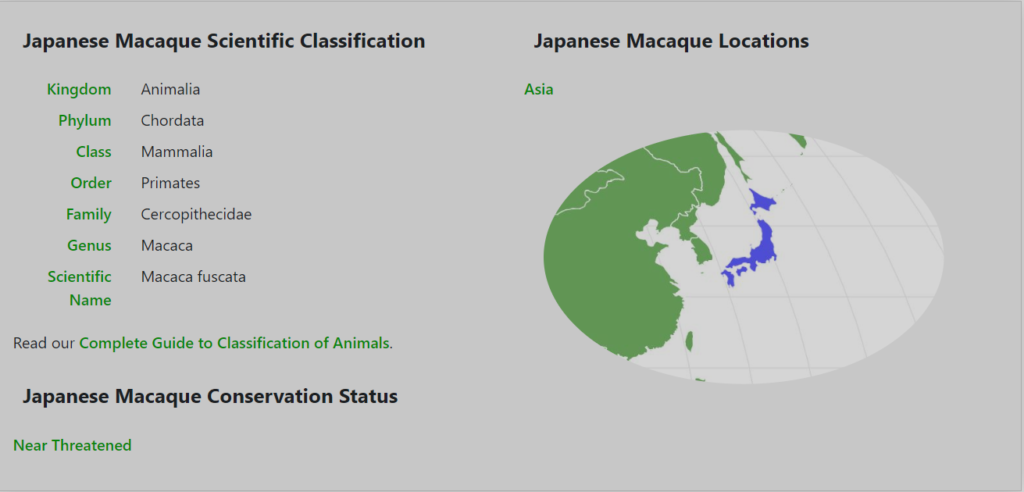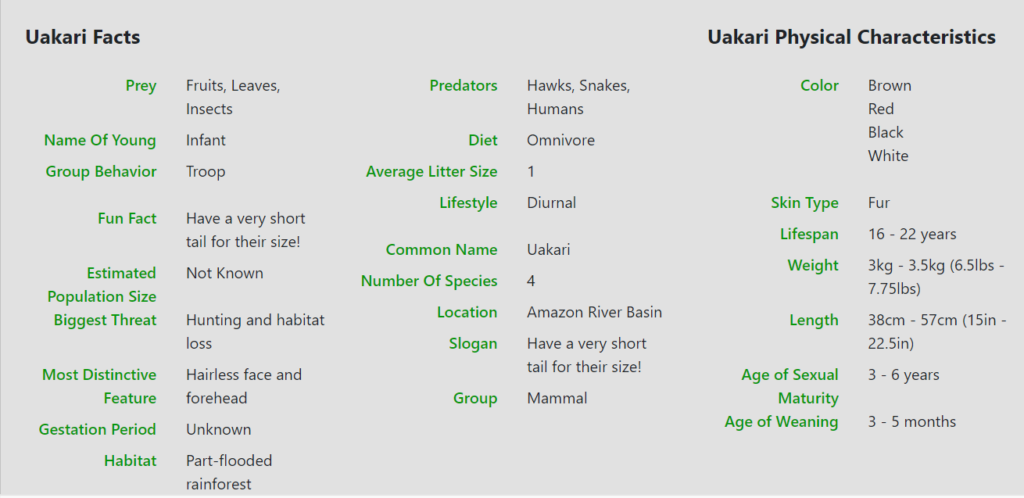It appears there might be a misunderstanding there is no specific species known as the “ugly monkey.” The term “ugly monkey” might be a colloquial or subjective way of referring to certain monkey species that may not conform to traditional standards of physical attractiveness. Monkeys, like all animals, are diverse in appearance and have their own unique characteristics.
However, I can provide you with some examples of monkey species that might not fit conventional perceptions of attractiveness due to their distinctive features or appearances:
Proboscis Monkey (Nasalis larvatus): The proboscis monkey, found in Borneo and nearby islands, is known for its long, pendulous nose and potbelly. While its features might seem unusual to some, they serve specific purposes. The large nose of the male monkey is believed to amplify its calls and attract mates. The proboscis monkey has a long fur on it’s back which is bright orange, reddish brown, yellowish brown or brick-red. Proboscis monkeys generally live in groups of one adult male, some adult females and their kids.


Japanese Macaque (Macaca fuscata): Also known as the snow monkey, the Japanese macaque is known for its reddish face, which can appear quite distinctive. Their appearance is well adapted to their cold habitat in Japan’s snowy regions. Average weight of male monkey would be 11.3 k.g. and average weight of female monkey would be 8.4 k.g. Japanese females Macaque spending more time in the trees and males spending more time on the ground searching for food.


Bald Uakari (Cacajao calvus): The bald uakari is recognized for its nearly hairless face and red or pink skin. It resides in the Amazon rainforest and has evolved to adapt to its swampy habitat. Its unique appearance helps it cope with the humid environment and potentially avoid parasites. The Bald Uakari weights in between 2.75 and 3.45 kg (6.1 and 7.6 lb), with head and body lengths average 45.6 cm in male and 44.0 cm in female. A study diet of the uakari monkeys found that they consist of 66% seeds, 20% fruit, 6% flowers, 5% animal prey.


Drill Monkey (Mandrillus leucophaeus): The drill monkey, found in Central and West Africa, has a distinctive appearance due to its colorful face and robust body. Its face can vary in color, and its features might not conform to traditional ideas of monkey aesthetics. Their body is overall a dark grey-brown. Adult males have a pink lower lip and white chin on a dark grey to black face with raised grooves on the nose. The rump is pink, mauve and blue. Female drills lack the pink chin. A dominant male leads a multi-male and multi-female with group of 20-30 individuals, and is father to most of the young. This group may join others, forming super groups of over 100 individuals.


Hamadryas Baboon (Papio hamadryas): The hamadryas baboon has a unique facial structure with a pronounced “cape” of hair on its shoulders and a distinctive, somewhat stern appearance. It’s known for its complex social structure and is native to the Horn of Africa and the Arabian Peninsula. The hamadryas baboon is a species of baboons within the old monkey world family. It is the northernmost of all the baboons, being native to the African baboons and the southwestern region of the Arabs.

It’s important to remember that beauty is subjective, and what might be considered “ugly” to one person can be intriguing and beautiful to another. Moreover, each species has evolved its unique features to thrive in its environment. What some may perceive as “ugly” often serves important functions in the natural world.